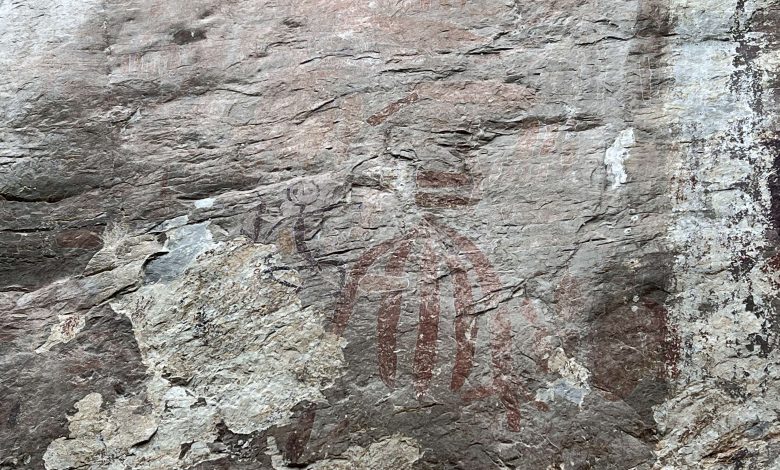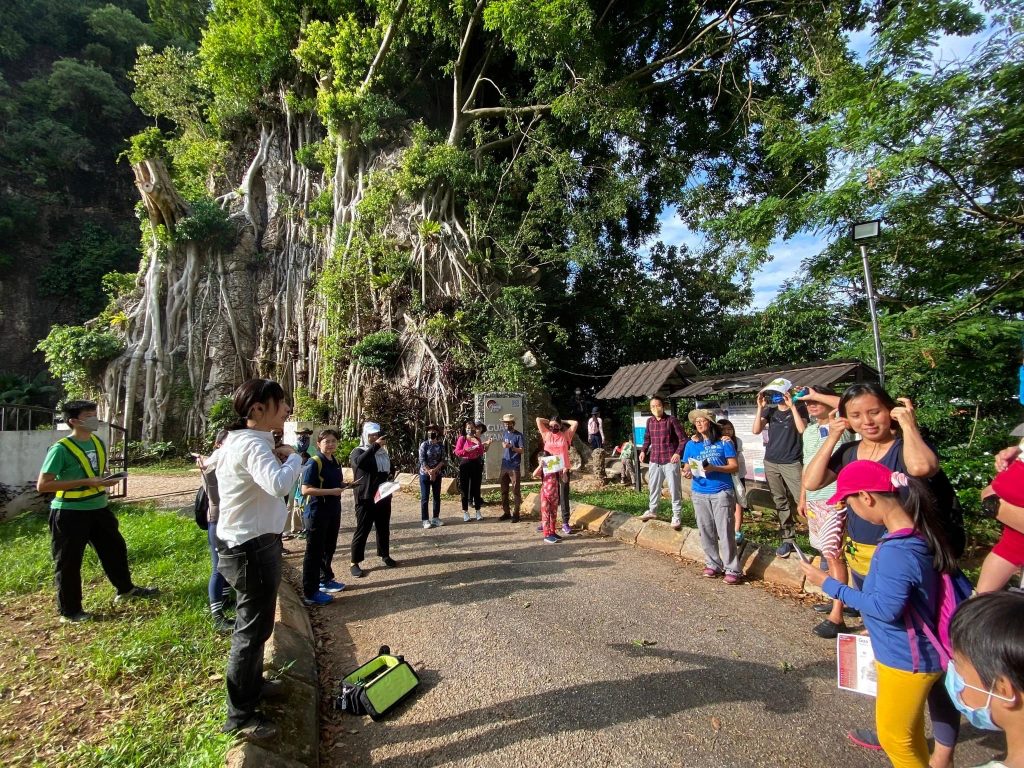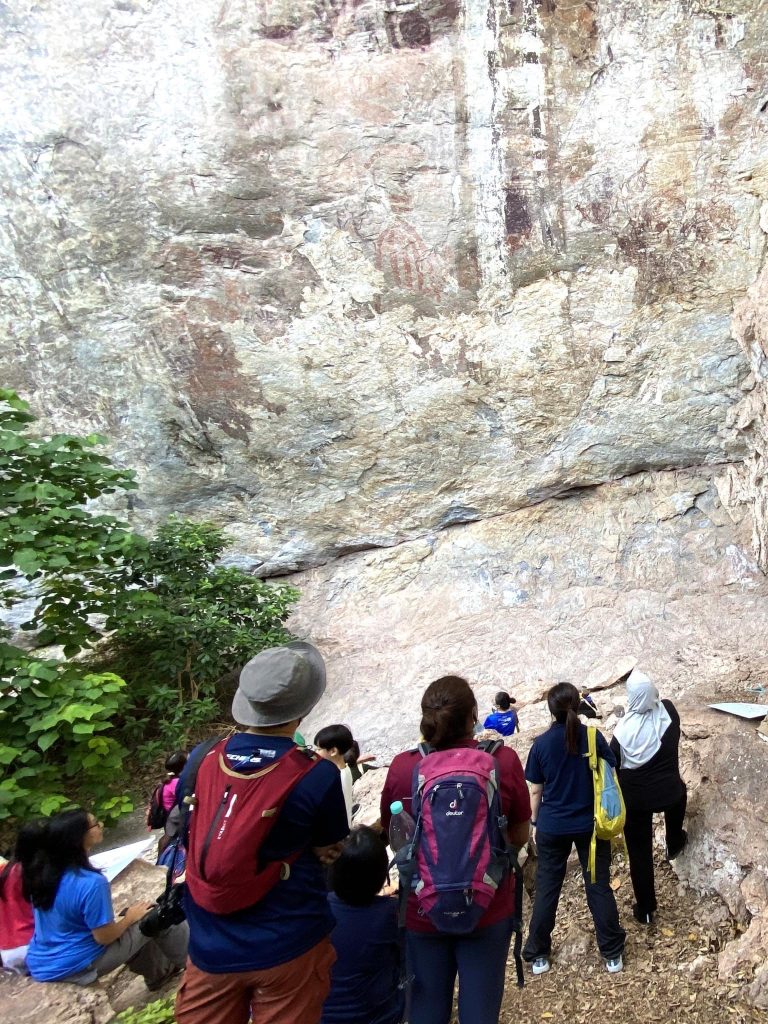Pre-historic Treasure: Tambun Rock Art


Heritage has become a topic of interest for many as we begin to understand the value of history. Tambun rock art is a series of paintings on the limestone hills from the Neolithic era.
According to archaeologist Dr. Chaw Yeh Saw, who hails from Universiti Sains Malaysia, the team embarked on a citizen science programme, “Embracing Tambun Rock Art” to unearth the untapped beauty of Perak which led them to the rock art at the historic landmark, Tambun Cave Geopark.
Initially founded by her professor, Dr. Chaw now makes it her mission to continue her legacy and share her knowledge with the people via a monthly awareness workshop. The project is supported by Think City Cultural Economic Catalytic Grants.
Dr. Chaw and her colleague along with the volunteers from Kinta Valley Watch, a community organisation, brought the group consisting of 30 members, children and families to the site.
When the paintings loomed into view, everyone perked up in excitement, some had even dashed over to the wall to have a closer look.
Children stared at the paintings as looks of disbelief washed across their faces – that the paintings have been around for thousands of centuries.


Two questions sprung into mind, “What were the paintings for?”, and “How did they get so high up on the wall?”. The best architect wouldn’t have been able to answer that.
Dr. Chaw said whether it be for documentation or ritualistic purposes, it is still a mystery. Regardless of the motive behind the paintings, our job should be preserving the link of our roots before it’s gone.
“The paintings emerged from the Palaeolithic and Neolithic age. This was deduced from several factors such as the colour and the style of the paintings. Most of the animal figures had a dark filled contour except for a herd of cows drawn in fine-line abstract figures. Encircled by other cows, one of them had a smaller baby-like figure in the centre of the body.
“In terms of painting the artwork and understanding what they witnessed, the intricate artwork shows a great display of knowledge,” Dr. Chaw told the group.
Though there is a question mark hanging over the height of the paintings, the archaeologist said based on the studies conducted, the river is largely believed to have subsided as a result of land erosion. The high water level had created a much higher ground for the people to build scaffolding.


Members were asked to paint anything they wanted using the hematite given to them on a small disc shaped cast cement, which functions as a canvas that closely imitates the rock.
Those interested to follow the trail can register for the workshop in September, October or November. Only three available slots left! Stay tuned for the registration link on their Facebook page.
Contact them on their FB page or drop them an email at rockart.tambun@gmail.com.
Again, thank you Marie Lai for giving me this golden opportunity to explore this beautiful locale. Looking forward to more exciting activities!
We should be grateful that we have such passionate individuals who would pull out all the stops to find out natural and beautiful things in our country.
Gisele Soo


